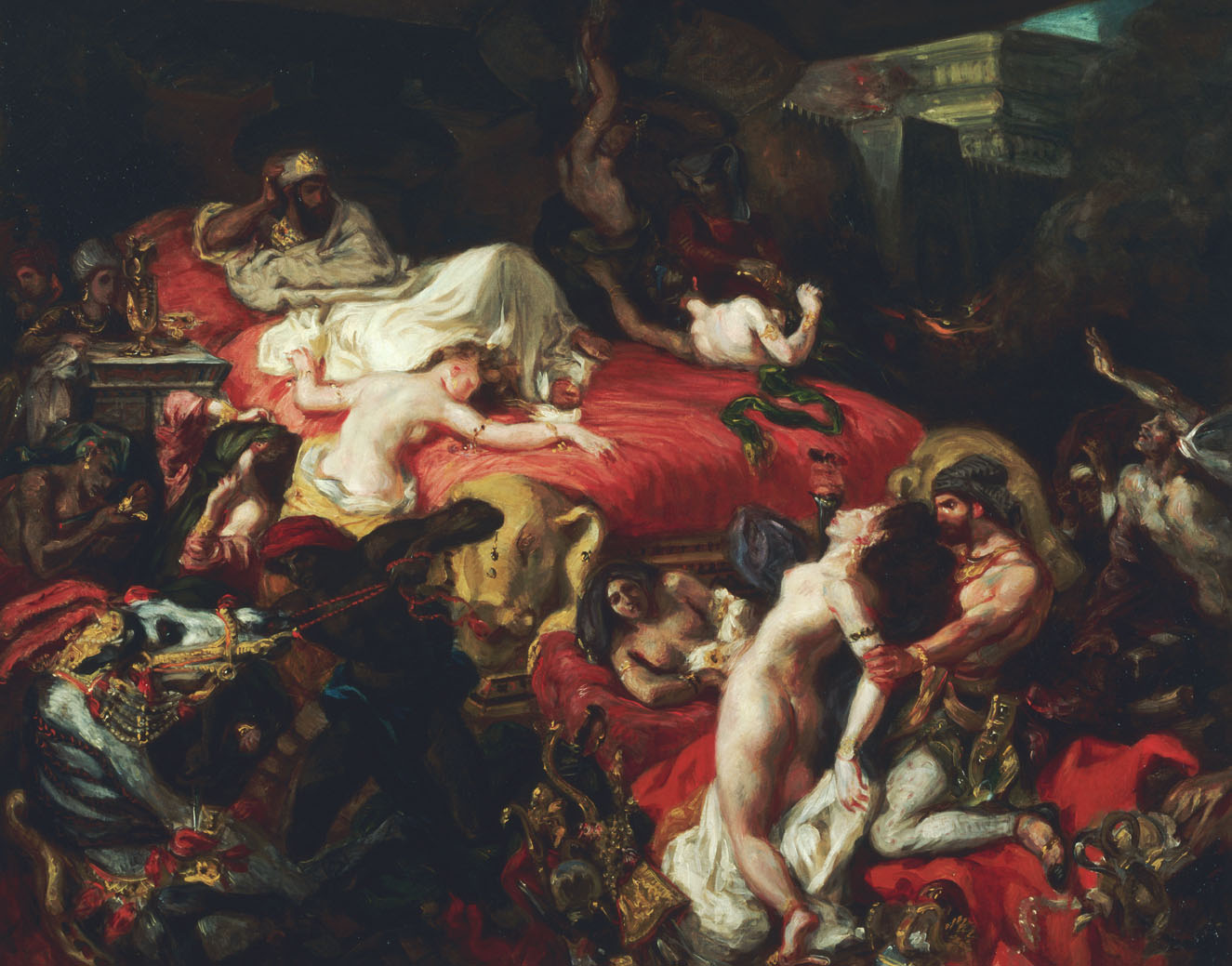A New York undertaker recently told the following story, the circumstances of which are still remembered by old residents of the city: “About forty years ago a lady living on Division Street, New York City, fell dead, apparently, while in the act of dancing at a ball. It was a fashionable affair, and being able to afford it, she wore costly jewelry.
Her husband, a flour merchant, who loved her devotedly, resolved that she should be interred in her ball dress, diamonds, pearls, and all—also that there should be no autopsy. As the weather was very inclement when the funeral reached the cemetery, the body was placed in the receiving vault for burial next day. The undertaker was not a poor man, but he was avaricious, and he made up his mind to possess the jewelry. He went in the night and took the lady’s watch from the folds of her dress. He next began to draw a diamond ring from her finger, and in doing so had to use violence enough to tear the skin. Then the lady moved and groaned, and the thief, terrified and conscience-stricken, fled from the cemetery and has never been heard from since, that I know of. The lady, after the first emotions of horror at her unheard-of position had passed over, gathered her nerves together and stepped out of the vault, which the thief had left open. How she came home I cannot tell, but this I know—she lived and had children, two at least of whom are alive today.”
Another New York undertaker told this story. The New York papers thirty-five years ago were full of its ghastly details: “The daughter of a Court Street baker died. It was in winter, and the father, knowing that a married sister of his dead child, who lived in St. Louis, would like to see her face before being laid in the grave forever, had the body placed in the vault, waiting her arrival. The sister came, the vault was opened, the lid of the coffin taken off, when, to the unutterable horror of the friends assembled, they found the grave clothes torn in shreds, and the fingers of both hands eaten off. The girl had been buried alive.”

The Death of Sardanapalus, by Eugène Delacroix, 1844. Louvre Museum, Paris, France.
Until about forty years ago, a noted family of Virginia preserved a curious custom, which had been religiously observed for more than a century. Over a hundred years ago a member of the family died and, upon being exhumed, was found to have been buried alive. From that time until about 1850, every member of the family, man, woman, or child who died, was stabbed in the heart with a knife in the hands of the head of the house. The reason for the cessation of this custom was that in 1850 or thereabouts, a beautiful young girl was supposed to be dead, the knife was plunged into her bosom, when she gave vent to a fearful scream and died. She had merely been in a trance. The incident broke her father’s heart, and in a fit of remorse he killed himself not long afterward.
There are many families in the United States who, when any of their number dies, insist that an artery be opened to determine whether life has fled or not.
From The Undertakers’ and Funeral Directors’ Journal. These stories were reprinted in Premature Burial and How It May Be Prevented: With Special Reference to Trance, Catalepsy, and Other Forms of Suspended Animation, by William Tebb and Edward Perry Vollum, published in 1896. A 454-page examination of the topic, the book begins with, among other epigraphs, one attributed to Pliny the Elder: “Such is the condition of humanity, and so uncertain is men’s judgment, that they cannot determine even death itself.”
Back to Issue





